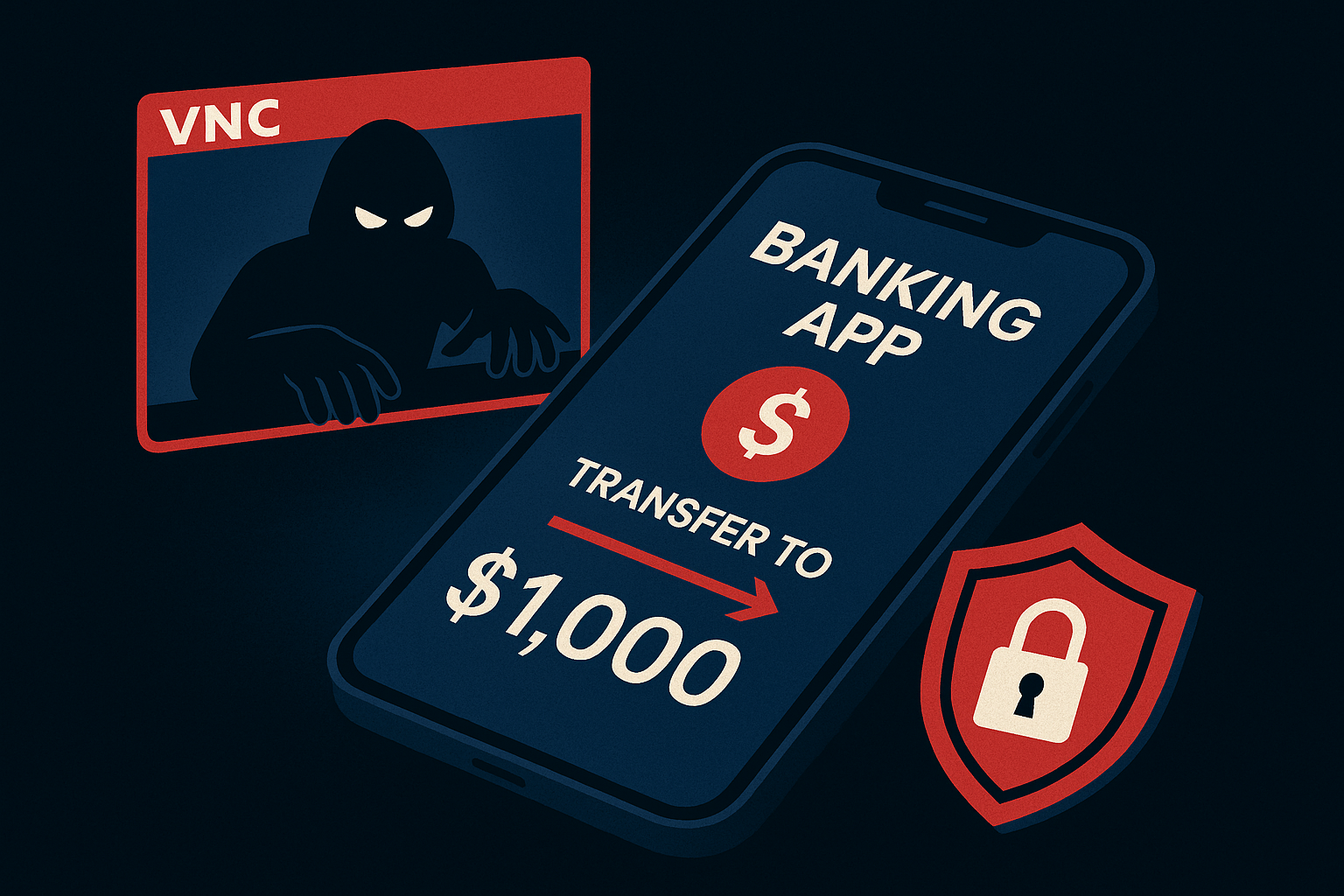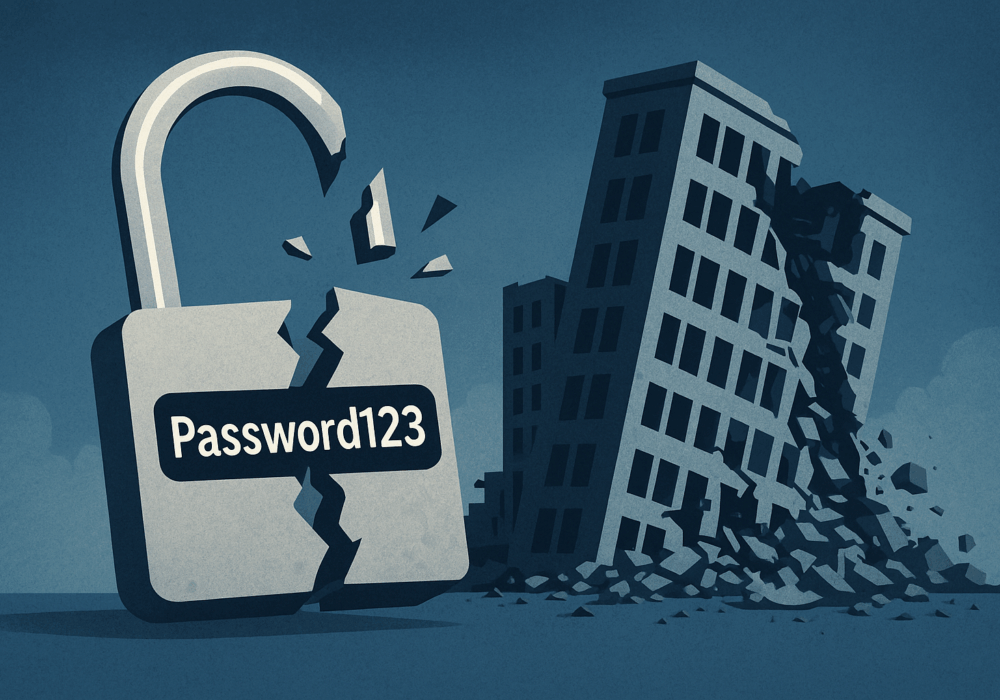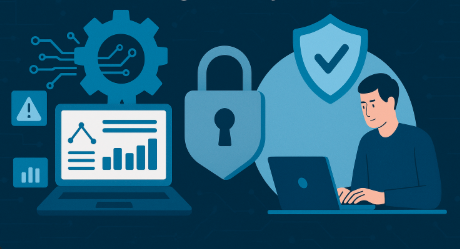The Universal Authentication Framework (UAF) is an authentication standard created by the FIDO Alliance. In UAF, a user who is authenticating to a service or solution will use one or more security factors on their devices (usually a cell phone) to release a private key that is used to sign a challenge issued by the FIDO UAF Server. The user verification mechanism on the device itself can be biometric, knowledge-based, or possession-based in order to unlock the private key.
This is essentially what Two-Factor Authentication (2FA) is, where it uses two identification factors to authenticate a user. 2FA uses the two of the following identifiers:
FIDO UAF also contains constructs and specifications for creating and configuring different policies for authentication as well as transaction verification where the private key on the client device is used to sign various transaction data. This could include financial transaction amounts so that the information cannot be tampered with (verifying the data integrity) in the event that it is intercepted. This standard is leveraged by global organizations to improve security and user experience for both consumers and their workforce.
As of June 2022, this standard and FIDOs initiatives aren’t yet widely accepted and tested, read below for CyberHoot’s recommendations around authenticating users.
This means that you should continue following CyberHoot’s recommendations regarding cybersecurity and authentication processes until these passwordless options become widely available, tested, and generally accepted. Until then, require 14 character, non-complex, and non-expiring passwords, stored in a password manager, which itself is protected with strong two-factor authentication to open the password vault. Even once FIDO and UAF become more commonplace, SMBs will continue to possess accounts not tied to these authentication services, so your efforts to adopt CyberHoot’s prescriptions will serve you well for many years to come.
Beyond passwords, CyberHoot also recommends the following minimum essential cybersecurity best practices to build a robust, defense-in-depth, cybersecurity program.
The following recommendations will help you and your business stay secure with the various threats you may face on a day-to-day basis. All of the suggestions listed below can be gained by hiring CyberHoot’s vCISO Program development services.
Each of these recommendations, except cyber-insurance, is built into CyberHoot’s product and virtual Chief Information Security Officer services. With CyberHoot you can govern, train, assess, and test your employees. Visit CyberHoot.com and sign up for our services today. At the very least continue to learn by enrolling in our monthly Cybersecurity newsletters to stay on top of current cybersecurity updates.
Sources:
Additional Reading:
Related Terms:
CyberHoot does have some other resources available for your use. Below are links to all of our resources, feel free to check them out whenever you like:
Note: If you’d like to subscribe to our newsletter, visit any link above (besides infographics) and enter your email address on the right-hand side of the page, and click ‘Send Me Newsletters’.
Discover and share the latest cybersecurity trends, tips and best practices – alongside new threats to watch out for.

Newly discovered Android banking Remote Access Trojan (RAT), dubbed Klopatra, has compromised more than 3,000...
Read more
In June 2025, KNP Logistics Group, a transport company in the UK with 500 trucks and nearly two centuries of...
Read more
Vulnerability scanning and it's human led partner penetration testing (aka "pentesting") are excellent and...
Read moreGet sharper eyes on human risks, with the positive approach that beats traditional phish testing.
